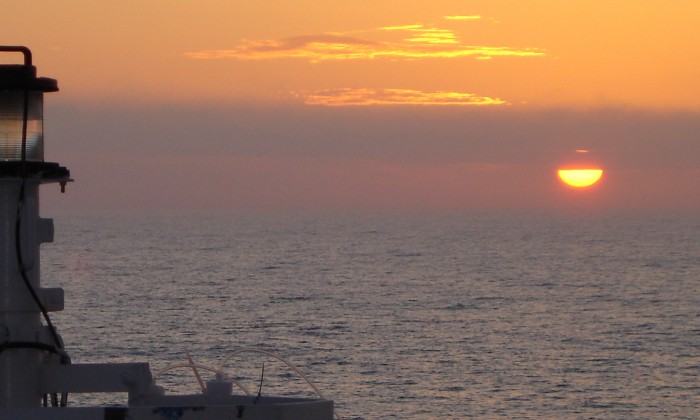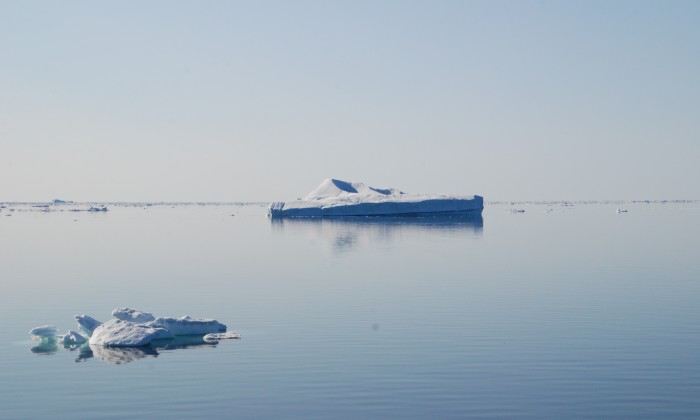
Expedition: Beringia 2005: Changes in the climate and ecosystem
5 July 2005 - 25 September 2005 Arctic Ocean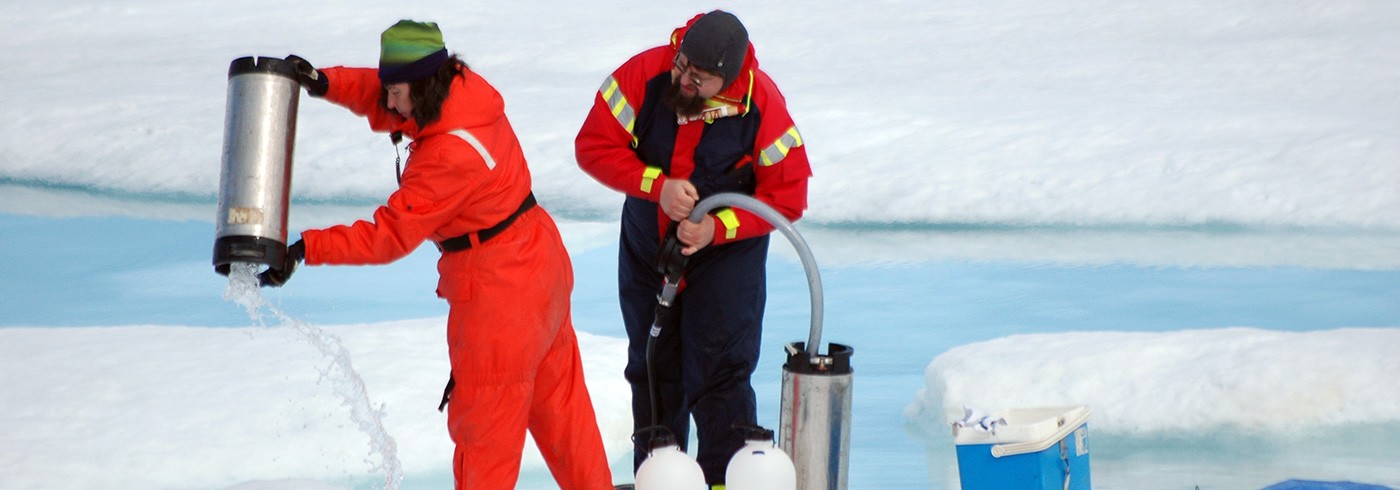

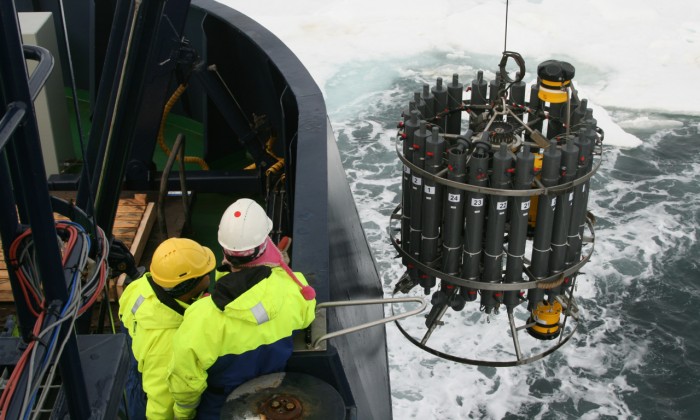
A river runs through it: Dissolved organic matter in the Arctic Ocean
During the two cruises on the icebreaker Oden we basically did two things. First, we monitored in situ fluorescence at every station and depth. Second, based on the fluorescence signal we chose our sampling location and depth and collected seawater at several depths.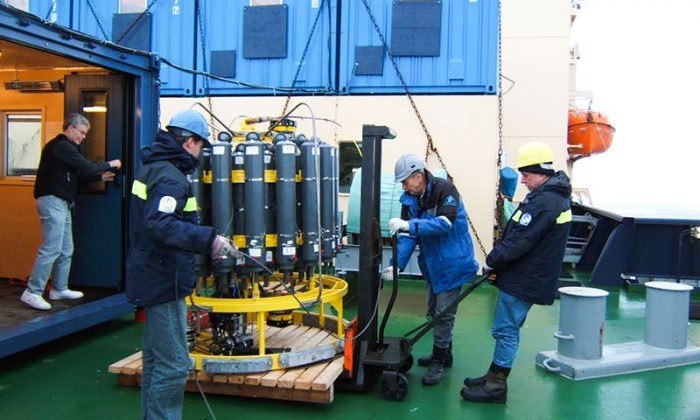
Oceanographic investigations during leg 3 of the Beringia 2005 expedition
The overarching objective of the oceanography project during Beringia 2005 was to increase our knowledge of the role of the Arctic Ocean in the global climate system.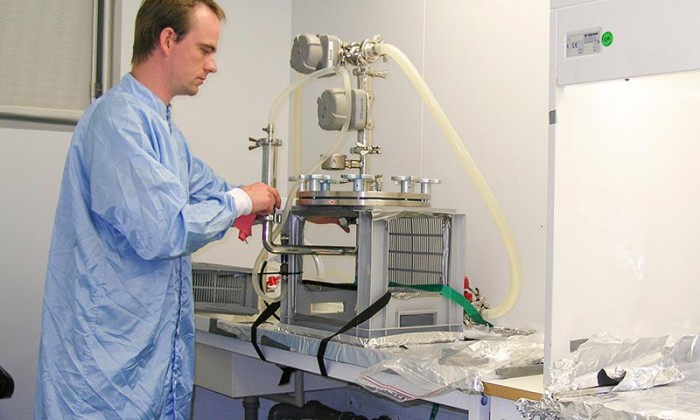
Biogeochemistry, trace elements and isotopes in Arctic Ocean margins
We proposed to study the transport and fate of biogeochemically important constituents transported from the Eurasian continent into the Arctic Ocean, on the original planned route of leg 1 along the Northeast Passage, passing the major Siberian Rivers.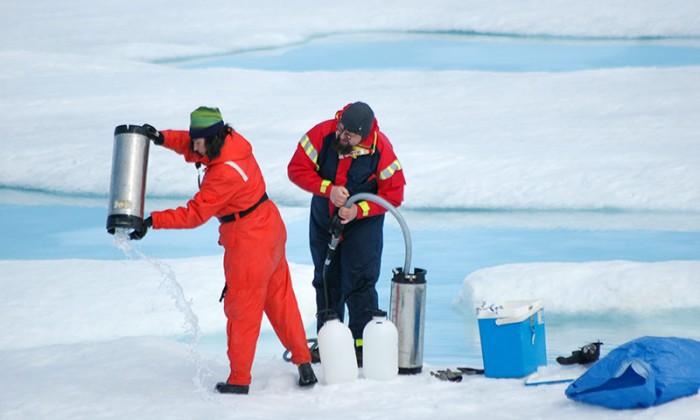
Environmental pollution in the Arctic: Chemicals and other stuff
The main goal of this project was to investigate the occurrence, circulation, and fate of organic environmental pollutants in the Arctic. As a side project we also investigated the occurrence of plastic debris in the sea.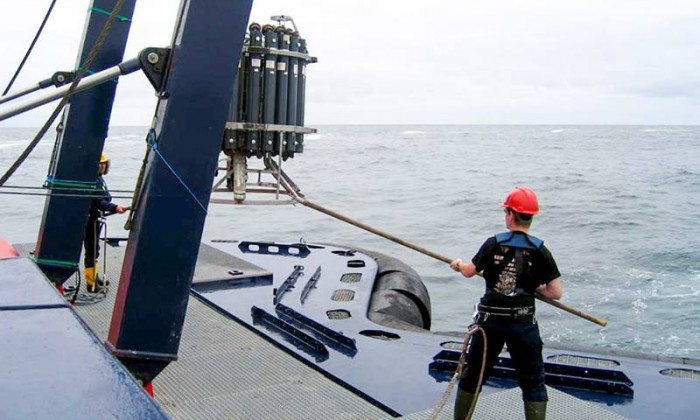
The study of biogeochemistry of organic matter in the Arctic Ocean
55 surface water samples were collected from an in-line pumping system for determination of concentrations of total organic carbon (TOC), dissolved organic carbon (DOC) and dissolved organic nitrogen (DON), nutrients, and dissolved inorganic carbon (DIC)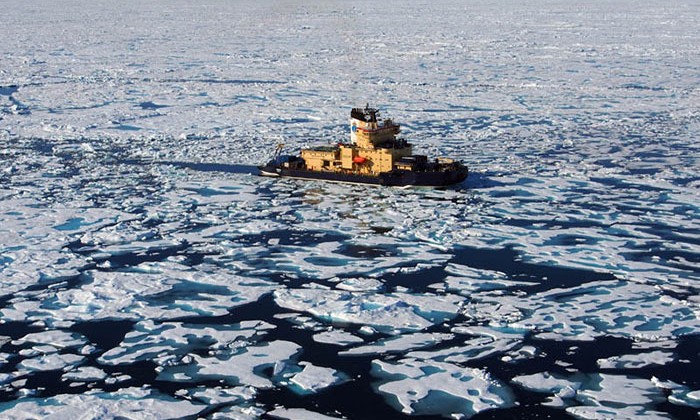
Accumulation of neurotoxic mercury (Hg) into the ice-covered Arctic
It has been elucidated that high levels of neurotoxic mercury (Hg) in the Arctic are caused by a rapid, near-complete depletion of Hg in the atmospheric boundary-layer, occurring episodically during the polar spring.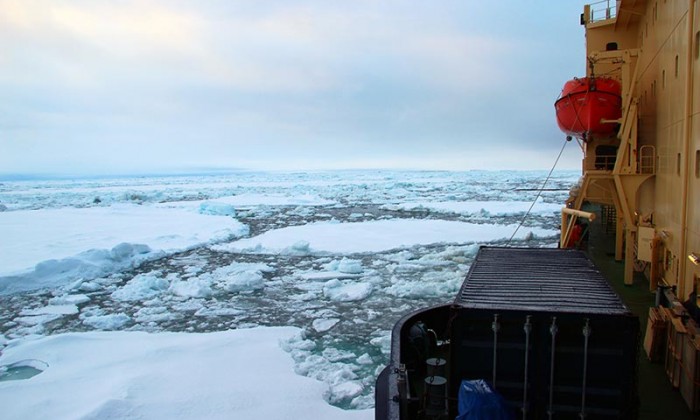
Recent changes in land cover and carbon balance in Beringia
During a three-week period spanning late July to mid-August 2005, five research areas in the Russian Far East were sampled as a part of the Swedish Polar Research Secretariat’s Beringia 2005 expedition.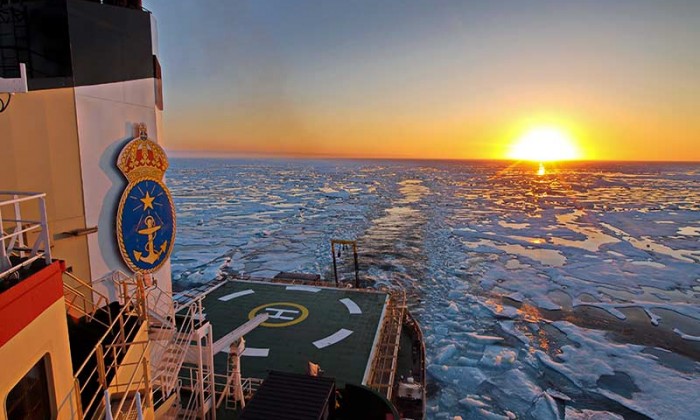
Sources of methane and nitrous oxide to the coastal Arctic Ocean
We found large variations (up to fourfold) in surface-dissolved CH4 along the Beringia 2005 leg 1 cruise track. Surface seawater was thus undersaturated in places and oversaturated in others with respect to equilibrium with the atmosphere.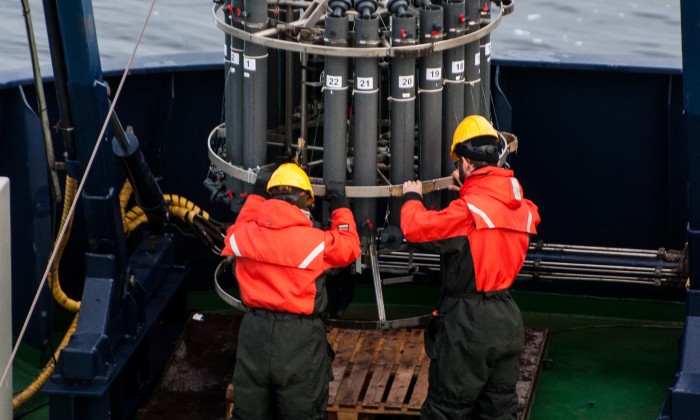
Microbial loop in the Arctic Ocean
The aim of this study was to investigate the microbial loop in the Arctic Ocean and how the consumption of dissolved organic carbon is regulated by the bacterial growth and also their regulation mechanisms such as grazing from heterotrophic nanoflagellates.